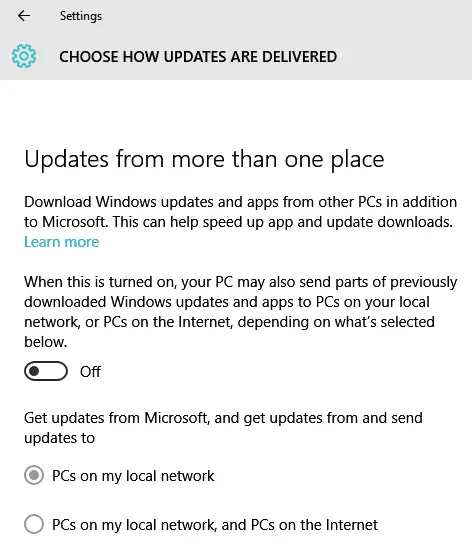Feb 16, 2010 All the remaining programs could not even detect it as an MW. But since Prevx 3.0 was a trial version, I could not fix update,exe using that. So that's why I want to know if the update.exe in my case is really a malware/virus or not. 4) I am attaching few screenshots of MSCONFIG, which shows that the update.exe corresponds to Windows update. Find Windows Update using your Start Screen. Windows Update is included in the Control Panel.
It often happens that I have to watch this screen for minutes:
I have no clue what's happening in the back. And I'm also not interested in watching the WindowsUpdate.log for changes.
I would love to know if there's a way that gives more feedback. Preferably something I can invoke from the command line (like apt-get).
8 Answers
In Windows 10, you can use the PSWindowsUpdate PowerShell module.
You can invoke Windows Update from command line using wuauclt.exe utility located in %windir%system32 folder.
To check for updates,
To check and update,
This will not work if you have set 'Never check for updates' in Windows Update settings. Also probably automatic updates must be enabled for '/updatenow' switch to work (install updates).
In versions of Windows prior to Windows 10, you can also start the GUI for Windows Update by entering following command (located in %windir%system32 folder):

This only opens the update application and checks available updates, it does not install them. Also if you have set 'Never check for updates' in Windows Update settings, this does not checks for updates too, you will have to click the 'Check for updates' button.
Warren RumakI found some great suggestions when looking into How to to Install Windows Updates on Windows Server 2008 R2 Core.
One suggestion I really liked, is the WUA_SearchDownloadInstall.vbs script.
Available Updates being listed

Windows 10 Update Executable Location
Update Installation
Der HochstaplerDer HochstaplerYou can use wusa.exe which is part of Windows 7.
Windows Update Exe
I wanted to remove the Windows 10 Update icon from the taskbar, so I wrote this AutoHotkey script which invokes wusa.
So you can use wusa.exe to manage Windows updates and install .msu files.
Here are the commandline parameters for wusa: https://support.microsoft.com/en-us/kb/262841
This page has a collection of other ways to manage updates from the commandline.
Windows Update Executable File
This page explains how wusa.exe works.
To see what updates are installed (via commandline):
Peter MortensenI'm using WuInstall. It is a command line tool for managing Windows Updates. You have many great options like displaying the installation progress, to specify if you want a reboot and when, and logfiles are available for every process.Regards
Windows 10, and Windows Server 2016 or above, use USOClient.exe to scan, download, and install updates.
- StartScan Used To Start Scan
- StartDownload Used to Start Download of Patches
- StartInstall Used to Install Downloaded Patches
- RefreshSettings Refresh Settings if any changes were made
- StartInteractiveScan May ask for user input and/or open dialogues to show progress or report errors
- RestartDevice Restart device to finish installation of updates
- ScanInstallWait Combined Scan Download Install
- ResumeUpdate Resume Update Installation On Boot
Based on the answer from kizzx2 I created two one liners for the command prompt.
Run the following code from an elevated command line.

Installation of the update module:
Performing update from command line:
Windows 10 Update Not Downloading
Furthermore, you can add the options -AcceptAll and -AutoReboot to the Install-WindowsUpdate command.
The easiest and most reliable way I found is to call the COM object from PowerShell.
Windows Update Exe Location
The other methods of the object seem to do nothing on Windows 10. See also:
https://docs.microsoft.com/en-us/windows/desktop/api/wuapi/nn-wuapi-iautomaticupdates
If you don't want to use PowerShell you can run
directly from the command line.